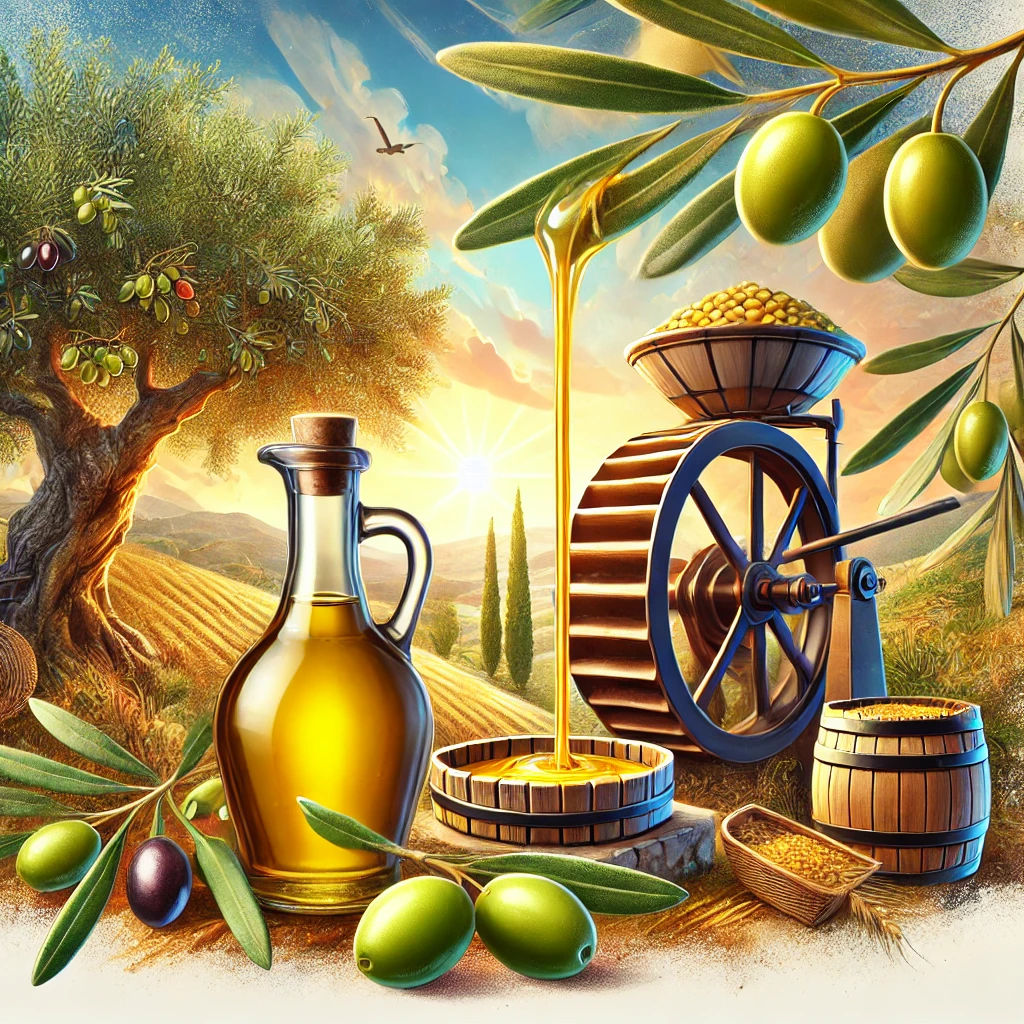Table of Contents
| Section | Description |
|---|---|
| Introduction | Overview of olive oil production. |
| What Is Olive Oil Extraction? | Key processes and benefits. |
| Step-by-Step Olive Oil Extraction | A detailed walkthrough of the process. |
| Health Benefits of Olive Oil | Nutritional and medicinal properties. |
| The Impact of Olive Farming | Economic and environmental benefits. |
| Government Support and Subsidies | Programs promoting olive cultivation. |
| Conclusion | Summary and call to action. |
Introduction
Have you ever wondered how fresh olives transform into the golden elixir we call olive oil? Olive oil extraction is a fascinating blend of traditional methods and modern technology, yielding a product cherished for its flavor, health benefits, and cultural significance. This article explores the intricacies of olive oil production, from tree to bottle, and highlights the impressive strides made in olive farming.

What Is Olive Oil Extraction?
Olive oil extraction refers to the process of separating the oil contained in olives from their pulp and seeds. Unlike other oils derived from seeds, olive oil primarily resides in the flesh of the fruit. This unique composition requires specialized techniques, such as cold pressing, which preserves the oil’s natural flavor and nutritional properties by maintaining a temperature below 30°C during processing.
The result? High-quality olive oil, such as extra virgin, prized for its superior taste and unmatched health benefits.

Step-by-Step Olive Oil Extraction

1. Harvesting and Cleaning
Fresh olives are handpicked or mechanically harvested and transported to the processing unit. The first step involves cleaning the fruit to remove leaves, twigs, and debris. High-speed air jets and washing tanks ensure the olives are pristine before processing.
2. Crushing and Malaxing
The cleaned olives enter crushers equipped with rotating hammers, turning the fruit into a paste. This paste is then malaxed (mixed) to allow oil droplets to merge, improving extraction efficiency. The process takes about 30-35 minutes and requires careful temperature control to preserve the oil’s quality.
3. Centrifugation
Next, the olive paste is processed in horizontal and vertical centrifuges. These machines spin at high speeds, separating the oil from water and solid residue. The horizontal centrifuge removes large impurities, while the vertical one filters out finer particles. The result is a pure, golden liquid ready for testing.
4. Quality Testing and Packaging
Each batch undergoes rigorous testing to ensure it meets the standards for extra virgin or virgin olive oil. The oil is then packaged for distribution, preserving its freshness and flavor.
Health Benefits of Olive Oil
Olive oil isn’t just a kitchen staple; it’s a superfood. Rich in polyphenols and antioxidants, it boosts immunity, supports heart health, and fights inflammation. Its versatility extends to skincare, aiding in hydration and anti-aging. Incorporating olive oil into your diet is an easy way to enhance overall wellness.

The Impact of Olive Farming
In regions like Pakistan’s Potohar plateau, olive farming is revolutionizing local agriculture. With over 2 million trees planted across 16,000 acres, the initiative has yielded 225 metric tons of olives, producing 19,000 liters of local olive oil in a single season. This not only boosts local economies but also reduces reliance on imported oils.
Government Support and Subsidies
The Pakistani government’s PSDP initiative, “Promotion of Olive Cultivation on Commercial Scale,” is a game-changer. Farmers receive subsidies covering 67% of costs, making it easier to establish orchards. Applications are open for plots ranging from 5 to 10 acres, with affordable saplings and technical support provided.
Conclusion
The journey of olive oil—from trees to your table—is a testament to innovation and tradition. By supporting local olive farming, we contribute to sustainable agriculture and enjoy a product rich in flavor and health benefits. Ready to embrace the golden elixir?


